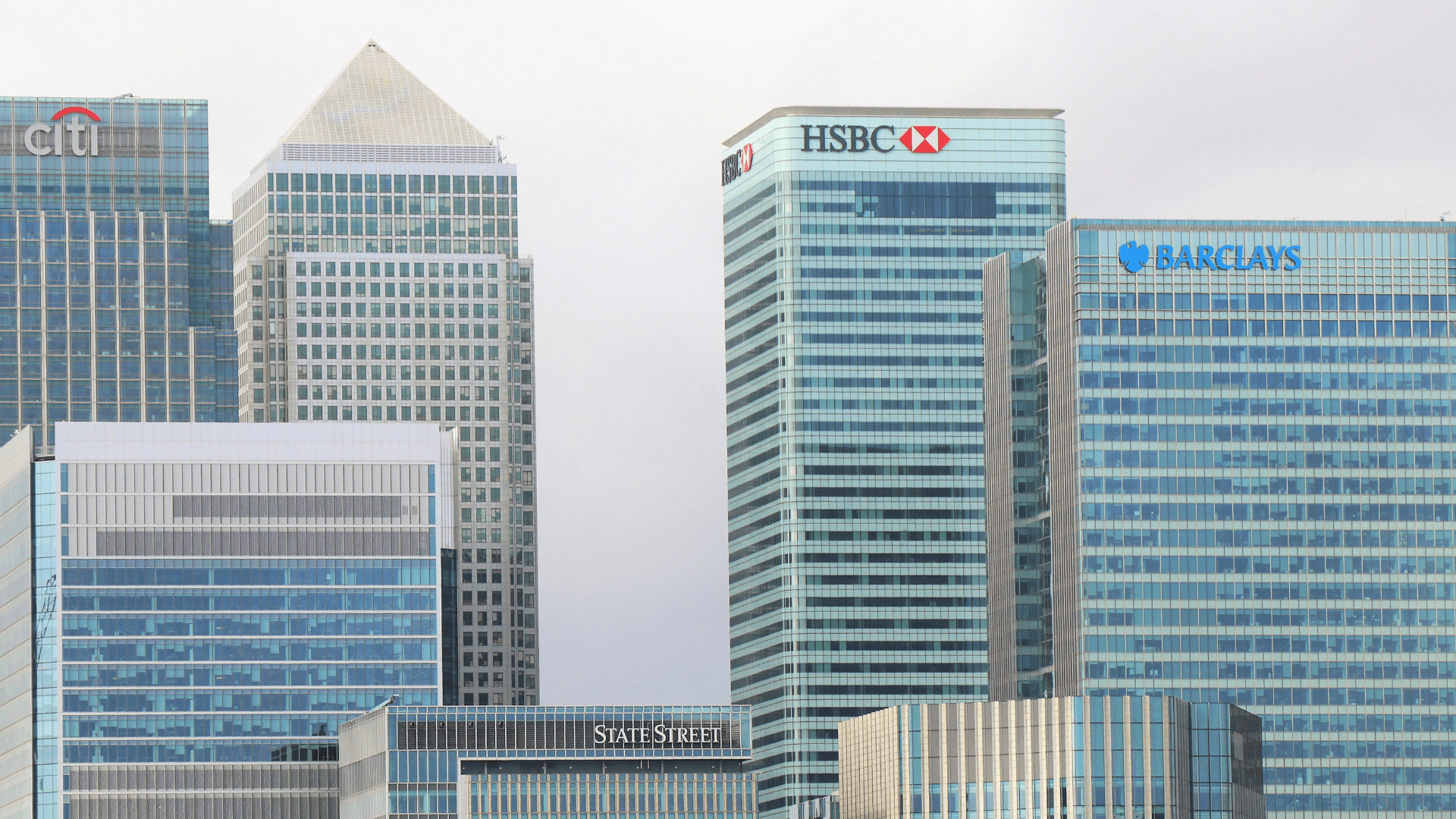The ubiquity of two factor authentication and the ability to obtain direct access to consumers’ bank accounts (with their consent, of course) will open up a host of opportunities, but also threats.
Open Banking really is innovation disguised as compliance.
With retailers able to access consumer bank account data, the sector will be able to imagine new ways of doing business. Merchants can reduce risk for financial products such as instalment payments and loan origination at the POS. They can tailor products and services to more accurately meet customer needs. They can (through the inevitable deployment of machine learning) reduce fraud and the cost of card processing.
Our report Unaware, unprepared and paralysed: retailer readiness for PSD2 indicates that merchants are unaware of the impact of the regulation and the urgency for them to act.
With the help of retail technology companies, here are the key opportunities created by Open Banking:
Avoid card fees
Companies like Facebook, PayPal and Amazon have already started to encourage their customers to initiate payments directly from their bank accounts rather than use payment cards. With PSD2 the option will be mandated, allowing retailers to avoid merchant card fees to acquirers entirely. Online retailers will get a major boost as they don’t have to take liability and will see a reduction in chargeback.
Frankly, given the likely cost benefits, we were surprised that this wasn’t top of the retailer hit list. A staggering two-thirds of our surveyed retailers weren’t actively considering this.
How can retail technology help?
- PSPs e.g. Adyen – provide access to alternative payment methods
- Authentication e.g. AllClear ID – to secure these new payment methods
- mPOS e.g. Miura Systems – acceptance of bank account payments
Tailored offerings and loyalty programs
Loyalty and targeted offers have a patchy record today – in fact implementing these programs is seriously difficult. However, in a PSD2 world the opportunity to identify consumer preferences and target them dynamically is open to all. It will be possible to drive targeted offers directly to consumers at the point at which they will be most likely to take advantage of them.
We expect to see a new class of intermediaries emerge which look to use historic account, shopping data and new bank account information to make mobile interventions that drive physical commerce. While we see this as a huge opportunity barely a third of our retailers are looking at this seriously.
How can retail technology help?
- New data aggregators e.g. SAS – combine data sources to drive in-store customer engagement
- Loyalty providers e.g. Loyalty Pro – develop and manage offers and programmes
- Digital receipts/coupons e.g. Ecrebo – enhance UX and boost loyalty
- Wi-Fi & Bluetooth e.g. Wifinity – proximity-based data to target consumers at key moments
- Display & Out of Home e.g. Exterion – using visual assets and proximity to attract and engage
Lower risk and expand financial services
Access to bank account data allows a retailer to more accurately assess the risk associated with a consumer. In turn they can offer favourable payment and credit arrangements to drive transaction volumes, reduce risk and improve the consumer experience.
Retailers can offer multiple payment options to consumers based on their account data: pay later and pay on delivery options or de-risked access to loans for larger purchases. Mixing these models could allow consumers to spread payments at much lower rates of interest based on continued access to account details for risk management. This allows merchants to disintermediate loan offerings from banks.
More than 70% of our surveyed retailers are either actively investigating or considering this type of service.
How can retail technology help?
- PSPs e.g. Ingenico – enable more flexible payment and credit models
- Risk management e.g. ACI – combine existing credit data with bank data to reduce risk
- UX e.g. Vend – integrate payment/credit options into the customer journey online to drive sales
- CRM e.g. Brightpearl – provide offers to existing customers with favourable payment terms
Retailers need to begin work today if they’re to turn compliance into competitive advantage by using new consumer data and payment types to deliver a range of services to improve consumer engagement and financial returns.
This requires a major program of investment and market education by technology and service providers as well as consultants, analyst and the media.
Retail technology community, it’s time to step-up to the challenge.
















